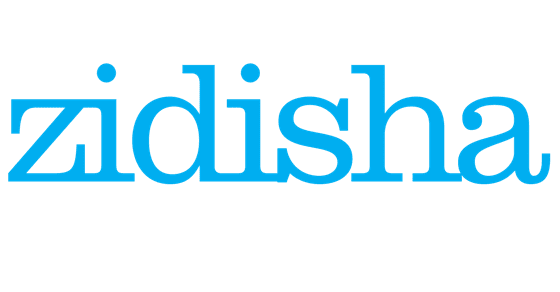The peer to peer lending model has been around even before Lending Club and Prosper joined the scene in the US. This type of peer to peer lending, often called micro finance is what the general public is most aware of when you talk about p2p lending. The first company, Kiva launched in 2005 to provide micro loans across the world, but since then a new company has emerged looking to further develop the micro finance model.
Zidisha was originally inspired by Kiva.org who popularized the concept of philanthropy through a peer to peer model. Zidisha, like Kiva is a non-profit micro finance company that launched in 2009. They launched believing that they could improve on the traditional model due to the increase of technology in developing countries in recent years. I spoke to Julia Kurnia, Founder of Zidisha to learn more about the platform and how they are helping borrowers access credit worldwide.
Zidisha’s platform facilitates loans to those in developing countries, but their differentiator is that they don’t use bank intermediaries. Julia stated that the benefits of this are twofold. By cutting out the bank intermediary, borrowers and investors can connect and interact directly. An investor can directly message the people that they have lent money to, leading to a closer relationship between borrowers and lenders if desired. This model also lowers the cost of borrowing significantly. Julia stated that it is common for interest rates to be in the 35% range on Kiva and other micro finance providers due to the bank intermediaries. On Zidisha, borrowers simply pay a 5% service fee and potentially a security deposit depending on loan size.
This model of directly connecting investors and borrowers wasn’t possible in 2005 due to the limited access to the internet in the countries that Zidisha now operates in. Julia noted that today even poor people can go to cyber cafes to access the internet. Borrowers come to Zidisha in two ways. They can come to the website directly or they can come via volunteer mentors. Volunteer mentors can refer up to 50 borrowers and consists of borrowers who have successfully repaid their loan. As a benefit, the mentor receives a small credit limit bonus and also has the opportunity to increase their credit limit faster than other borrowers. Julia noted that there is a community spirit behind this model and these incentives serve as more of a “thank you” than a motivator. The mentor serves as a point of contact that speaks the native language and also adds credibility to Zidisha as a way to access credit to other local borrowers.
Zidisha is currently open to 9 countries, 7 in Africa as well as Indonesia and Haiti. Julia said the borrower application process is similar to that of filling out a Facebook profile, but is a little bit more extensive. Every borrower provides 7 people as references who are contacted via text message. Using this approach, Zidisha can actually build a social graph to see whether those connected to the borrower have taken out a loan with Zidisha. Loans start at $10, with no fee and no deposit. Borrowers can also choose a loan amount between $50-$150 by putting down a security deposit which can be withdrawn any time the borrower doesn’t have an outstanding loan. As borrowers continue to repay loans and prove their propensity to repay, Zidisha will gradually increase the amount credit a borrower has access to. The borrowers tend to be in their twenties since borrowers this age are more tech-savvy.
The repayment schedule is designed by the borrower and there is no financial penalty to extend the loan term. Most borrowers however pay quickly since doing so will allow them to access larger loans in the future. The platform has seen a 80% repayment rate, which doesn’t include refunds from the security deposits held on defaults. Zidisha has facilitated $4.5 million in loans over the last 5 years. They have 45,000 users, of which are made up by 16,000 lenders and 29,000 borrowers. The lenders who invest receive principal only payments from the borrowers which can be recycled to other borrowers on the Zidisha platform.
The peer to peer lending model lends itself well as a way to provide access to credit across the world. We’ve seen this with Kiva and now with Zidisha. Looking at Zidisha projects you’ll see that a small amount of money can make a big difference for people in developing countries. Those who like to see the direct results of donations and want to give back in a unique way may want to consider lending on Zidisha.



